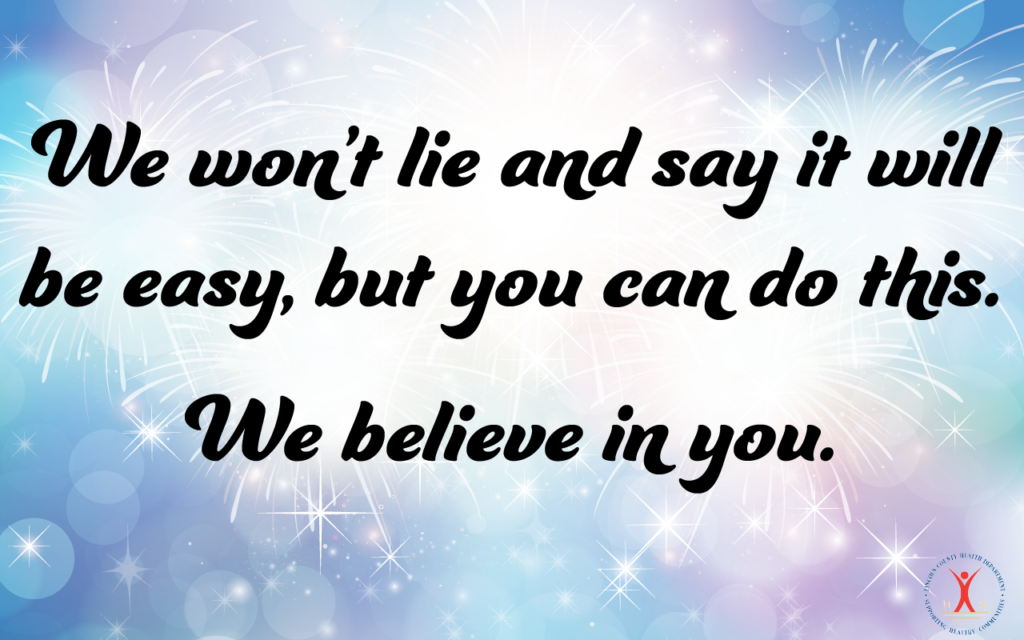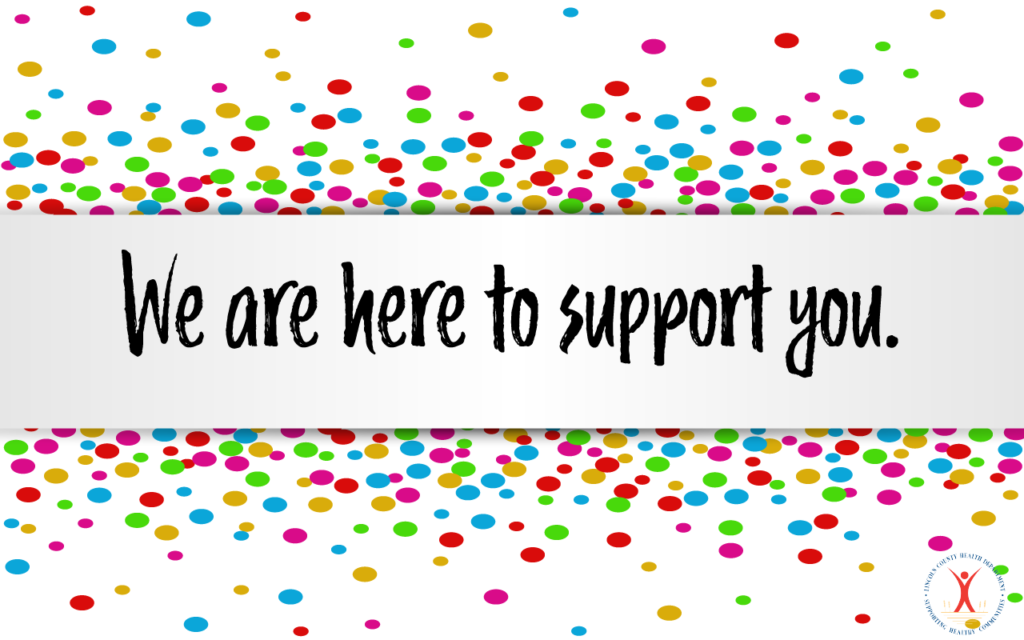The LinCo Littles Program is a free service Lincoln County Health Department provides to our community as a way to increase safety, improve health outcomes, and support people during one of the most challenging times—pregnancy through baby’s first year. In order to keep the program safe, positive, and aligned to these goals, the following code of conduct agreement provides the commitment LCHD is making to you, and the commitment we ask you to make. We support you while you support baby.
What we ask of you:
–Be present for your scheduled visit time. Please call to reschedule if a conflict arises.
–Treat the LCHD staff coming into your home with respect.
–Do your best to assist in creating a safe environment for you, baby, and a community health nurse to meet during a scheduled home visit.
–Be honest in answering health-related questions and in feedback for how we can improve our program.
–Ensure all animals are safely secured prior to the LCHD nurse entering your home.
–Implement safety measures in your home that are provided by LCHD in the free welcome basket (i.e. fire alarm, carbon monoxide monitor, baby gate, outlet covers, etc.).
What you can expect from LCHD:
–Your community health nurse will treat you and your family with compassion and respect.
–They will always maintain professional boundaries, including confidentiality and abide by HIPAA guidelines for health-related information.
–It is important to know the nurses are mandated reporters and thus required to report suspected or confirmed child abuse or neglect, including domestic violence and the use of illegal drugs by anyone in the home.
–These reporting areas are to protect you and the community and are part of their licensing.
–The nurse is there to help connect you to resources, as long as the current situation is safe for you and baby.
Please note that client may be discharged from the LinCo Littles program due to:
a) Violations of the code of conduct agreement
b) Repeated or severely inappropriate behavior by others in the home
c) Death
The LinCo Littles program may end due to reasons outside of our control, such as :
a) Loss of funding
b) Service needs exceed what LCHD can provide
In the event of a public health emergency, home visit services may be interrupted. Should this happen, a LCHD nurse will contact you regarding appropriate next steps.





